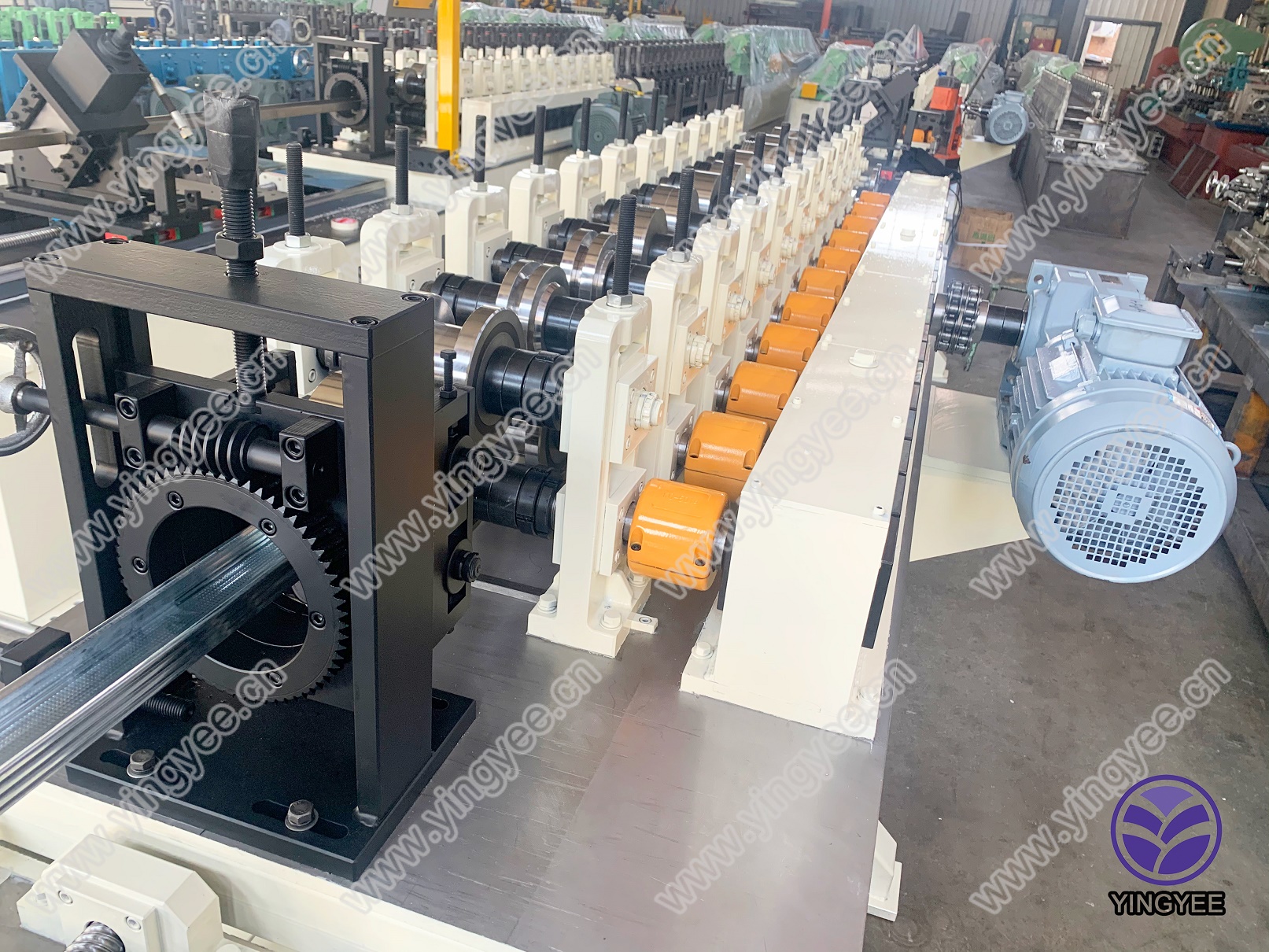
Understanding the Purlin, Stud, and Track Machine An Essential Tool in Modern Construction
In the realm of modern construction, efficiency and precision are paramount. The evolution of building materials and technology has led to the emergence of specialized machinery that streamlines the framing process. Among these tools, the purlin, stud, and track machine stands out as a vital player. This article delves into the significance, functionality, and advantages of using this machinery in construction.
What are Purlins, Studs, and Tracks?
Before exploring the machine itself, it is essential to understand what purlins, studs, and tracks are. Purlins are horizontal structural components used to support the roof of a building, while studs are vertical framing members that provide structure and support for walls. Tracks, on the other hand, serve as the horizontal guides and connectors for these components, ensuring stability and alignment. Together, these elements form the backbone of modern construction, particularly in commercial and residential projects.
The Role of the Purlin, Stud, and Track Machine
The purlin, stud, and track machine automates the production of these key components, enhancing productivity and accuracy on job sites. This machine is designed to manufacture cold-formed steel profiles, which are renowned for their strength-to-weight ratio and durability. By utilizing advanced technology, the machine can cut, pierce, and shear metal sheets into precise dimensions needed for purlins, studs, and tracks.
Key Features of the Machine
1. Automation One of the most significant advantages of using a purlin, stud, and track machine is automation. It dramatically reduces human error and labor costs by minimizing manual work. Operators can input specifications, and the machine will produce components with exact measurements consistently.
2. Versatility These machines are highly adaptable. They can be set up to produce a variety of profiles according to specific project requirements. This feature is particularly beneficial for contractors who require different sizes and shapes of studs, tracks, and purlins for various constructions.
3. Speed Time is money in construction, and this machine significantly expedites the manufacturing process. With high-speed production capabilities, it delivers components quickly, allowing projects to progress without unnecessary delays.

4. Customization Many purlin, stud, and track machines come with customizable presets, enabling manufacturers to alter the dimensions and specifications easily. This is particularly useful when dealing with unique building designs or specific load requirements.
5. Quality Control With precise manufacturing capabilities, the quality of the produced components is ensured. This results in a better fit and finish during assembly, which enhances the overall integrity and aesthetics of the structure.
Advantages of Using the Purlin, Stud, and Track Machine
1. Cost Efficiency Although the initial investment in a purlin, stud, and track machine may be substantial, the long-term savings in labor, material waste, and time offset these costs. Companies can produce components in-house, reducing dependency on suppliers and transportation costs.
2. Increased Safety Automating the production process reduces the risk of accidents on-site by minimizing manual handling of sharp metal materials, thus promoting a safer working environment.
3. Sustainability With the ability to precisely manage material usage, these machines contribute to a reduction in waste, aligning well with sustainable building practices.
4. Improved Project Outcomes The combination of speed, accuracy, and quality leads to better overall project outcomes. Structures are completed on time, within budget, and often with superior finishes that satisfy architectural and engineering specifications.
Conclusion
The purlin, stud, and track machine represents a significant advancement in construction technology. By automating the production of essential structural components, it allows for increased efficiency, reduced labor costs, and enhanced quality control. As the construction industry continues to evolve, tools like these are becoming indispensable in meeting the demands of modern building projects. Investing in such machinery not only paves the way for better project outcomes but also fosters a sustainable future in construction practices. As we move forward, the integration of advanced machinery will undoubtedly shape the landscape of the building industry, making it more precise, efficient, and adaptable to ever-changing needs.